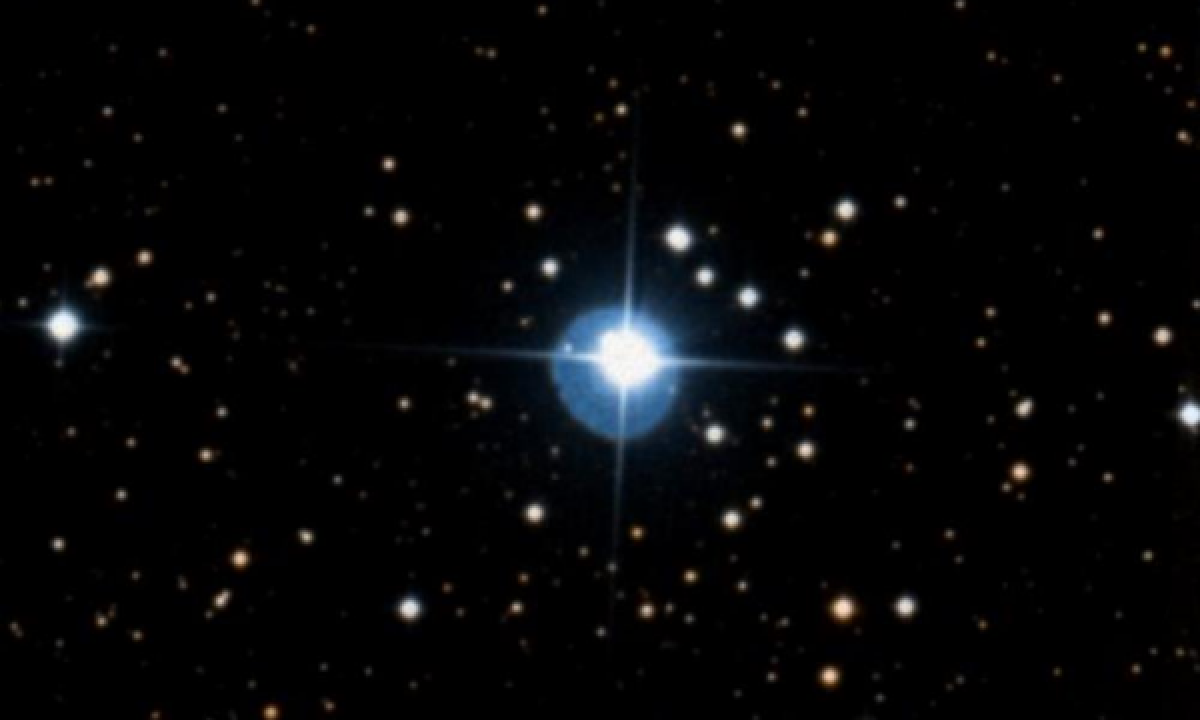The New General Catalogue of Nebulae and Clusters of Stars (abbreviated as NGC) is a catalogue of deep-sky objects compiled by John Louis Emil Dreyer in 1888. The NGC contains 7,840 objects, known as the NGC objects. It is one of the largest comprehensive catalogues, as it includes all types of deep space objects, including galaxies, star clusters, emission nebulae and absorption nebulae.
Know more about NGC
NGC 1444

NGC 1444 is a small open cluster of stars in the northern constellation of Perseus, about 2-1⁄4° to the northwest of 43 Persei. It has an angular diameter of 4 arcminutes and a brightness of 6.60 in visual magnitude. The cluster has sixty members of seventh magnitude or fainter, and is better appreciated in larger telescopes. NGC 1444 was discovered on 18 December 1788 by the German-British astronomer William Herschel. It is located at a distance of 4,200 light-years from the Sun and is about 7.1 million years old. The cluster has a physical core radius of 1.73 ± 0.42 ly and a tidal radius of 17.4 ± 4.2 ly. The most prominent member is the triple star system Σ446, with a magnitude 6.7 primary. The cluster is a member of the Camelopardalis OB1 association.
More Images:

Sources:
Wikipedia Page: NGC 1444
NGC 1444 at In-The-Sky website
